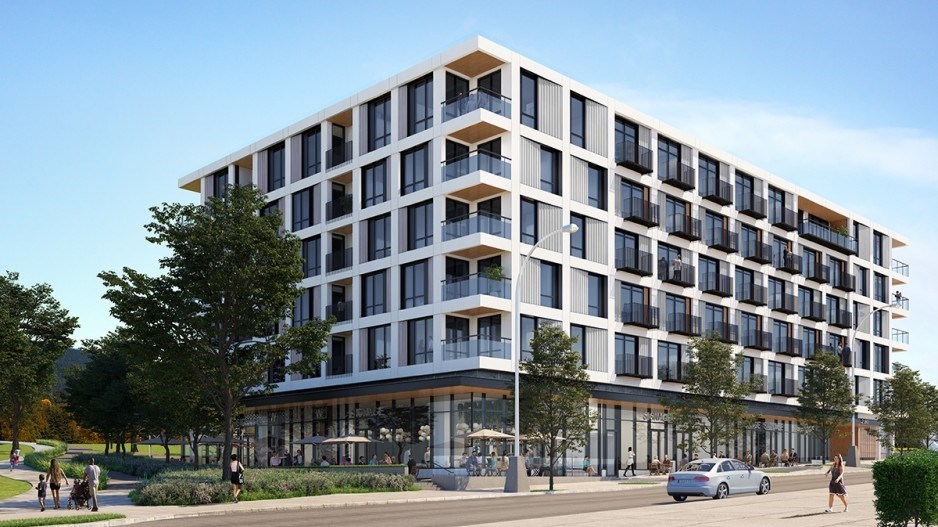The federal government’s Nov. 21 fiscal update shows that it may not have its financial house in order, with deficits blooming as it pursues an ambitious social agenda, but it definitely has houses on order.
The update pledged an additional $15 billion for low-cost loans to developers through the Apartment Construction Loan Program (formerly the Rental Construction Financing Initiative), boosting its resources to $40 million. The funds will begin to flow in 2025-26, supporting construction of 30,000 homes.
An additional $1 billion was also pledged for affordable housing, specifically 7,000 units of non-profit, co-op and public housing that Ottawa says will be built by 2028.
The government has made announcements through the fall in support of housing, pledging an additional $20 billion to the Canada Mortgage Bonds program in September. Earlier this month, $1.2 billion in projects in Toronto and $500 million in Vancouver were announced through the Rental Construction Financing Initiative, delivered by the Canada Mortgage and Housing Corp.
Salient Group president Robert Fung cited the program in petitioning Victoria city council to permit an extra storey for a project at 825 Fort Street. Salient had obtained a $41 million federal loan through the program and won council's approval for an extra storey and 14 extra rental units on the site.
But the timing of the new pledge is key, with funds starting to flow at a point when many developers expect interest rates will have stabilized and even fallen. With construction costs also easing, the combined effect will see builders drawn back into the market.
“I think the second half of next year will be much more active,” said Jason Turcotte, president of Darwin Properties Ltd., which is currently focused on rental construction.
Turcotte said 75% of Darwin’s residential projects are for the rental market, primarily low-rise wood-frame projects.
“I could see a bit of a flurry of investment activity in new development sites,” he said of what the latter half of next year holds. “I think there’s going to be a real focus from developers on acquiring properties and looking to continue to build four and six-storey woodframe rental apartments.”
Strong rental demand, fuelled by ambitious immigration targets and a lack of new construction, combined with high rents makes the rental sector appealing – if affordable financing is available.
This is where the federal move earlier this year to waive the GST on new rental construction was crucial, moving developers like Drawin to launch new projects, and moves to boost the capital available to finance new projects provides further reassurance.
“It’s imperative,” Turcotte said. “The financing is the art of rental development, and whether it’s through CMHC or other mechanisms, traditional financing is not really a workable solution. … It just ties up way too much capital, the returns are way, way too lean.”
Nevertheless, catching up with demand will take time.
The annual Emerging Trends in Real Estate report from PricewaterhouseCoopers and the Urban Land Institute released earlier this month noted that “the scale of development still falls short of what is necessary to house Vancouver’s growing population.”
“Although some developers are launching new rental projects, sometimes with the support of government incentives, many see condominium developments as a more attractive and less risky opportunity,” the report stated.
The annual report ranked Vancouver third in its attractiveness for housing, giving it a middling score of 3.5 out of 5, behind the green-lit cities of Montreal (3.8) and Toronto (3.56).




